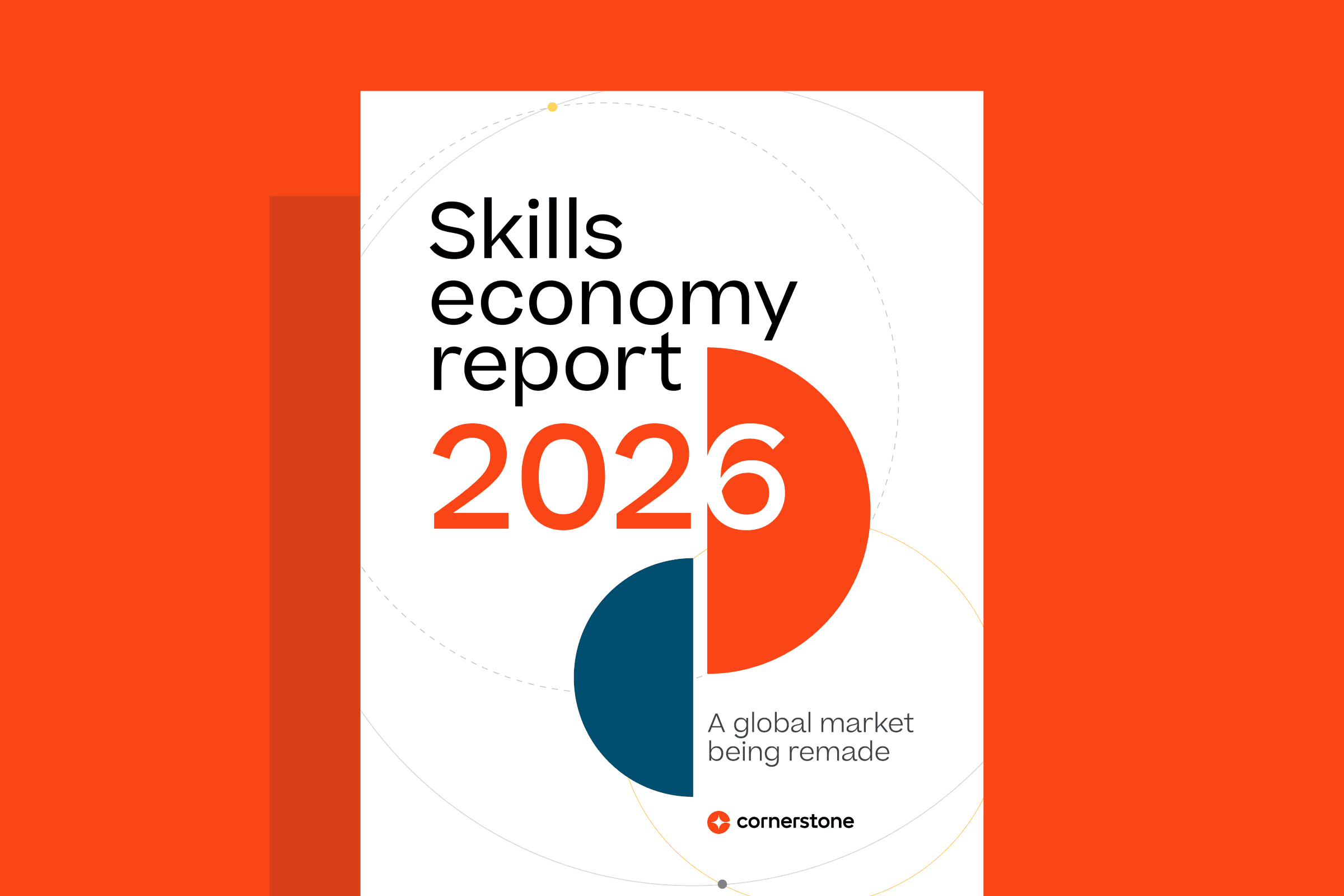The human resources discipline encompasses a wide variety of roles and responsibilities, all centred around the employee. These tasks span everything from recruitment, payroll and administration to strategic workforce planning and training. The number one purpose of HR, however, is to manage skills. This means ensuring that the company possesses the knowledge and expertise it needs not only to manage day-to-day business and contribute to the company’s success, but also to anticipate future talent requirements. This is particularly true in times of talent shortage. It is up to companies to equip themselves with the concepts and solutions needed to meet these challenges.

A hub for skill-building
Whether it manufactures products or provides services, the modern enterprise is, above all, a place where skills converge to achieve a certain goal. It organises and coordinates a succession of precisely and expertly executed steps which, when properly aligned, culminate in a new house, a tool, a bottle of shampoo, a bank transfer or even a new hairstyle. All of these steps have to be carried out by people with the requisite skills. The purpose of HR is to optimise these skills and thus contribute to the company’s overall performance.
In a conventional industrial manufacturing context, where technology was evolving continuously but relatively slowly, skills management involved recruiting (internally or externally) the right fit for the job, and regularly financing update and refresher training. In this age of the knowledge economy, marked by high staff turnover, rising candidate and employee expectations, and rapid market and technology transformation, skills management has taken on a completely new dimension. Companies now have to respond simultaneously to three specific challenges:
- Maintain a constant overview of the skills assets available within the organisation. This includes not just skills used on a daily basis, but also latent and unused skills.
- Anticipate the skills requirements in the short-, medium- and long-term, and plan the measures (training and/or recruitment) that need to be introduced when required.
- Follow each individual’s progress to ensure talent retention and a strong employee engagement.
These three pillars of talent and skills management have to be tackled at the same time, with necessarily limited resources. This can only be achieved with the right solutions and strategies.
Strategies to keep your company skills pool up-to-date
Consultants often maintain that if you can’t measure it, you can’t improve it. A key requirement for skills development therefore is that company managers have a complete overview of all skills available, whether they are being applied or not.
Mapping these skills requires three distinct organisational steps: collecting the information, storing it and analysing/mining the acquired data.
The first question to examine, is who owns the skills-related information? The answer is several people: the employees themselves, their managers, the HRM and the training department. The skills information for a single employee may be scattered across several information systems, whether in digital or other formats. It is contained in the employee’s HR files, in files maintained by the manager, in files that are more or less
structured in which the HRM stores career interview records, sometimes in the HRIS, and so on. Moreover, knowing the skills that have been identified is not enough. The levels of proficiency or obsolescence also need to be evaluated and the training desires and wishes of employees should be documented.
The only way to map all of this data in an actionable manner is to use a dedicated digital solution and ensure that it is comprehensively populated with data. Cornerstone offers just such a solution with its Skills Graph: a unique tool that allows organisations to visualise, analyse and plan the skills that are already available or ready-to-mobilise.
Anticipate and meet skills requirements effectively
Knowing where you stand is essential, but so too is knowing where you want to go. This is where strategic workforce planning comes in. Its purpose is to ensure that the company does not meet an obstacle in the market due to a lack of strategic skills planning. It is difficult but not impossible to recruit or train a unique specialist in fast-track mode for a position or profile which suddenly becomes vacant. But the situations that truly pose risks for a company are scenarios where management wakes up one morning to realise that all the back-office employees have to get used to a new information system deployed by the parent company for example or production staff have to update everything in an impossibly tight deadline for the launch of a new product.
The role of the HRM is therefore to have an organisation-wide overview of the skills landscape. This means not only visualising the available skills or those that are ready-to-mobilise within the company at a given time, but also the skills that will be needed in the months and years to come. To do this, HRMs must be able to cross-reference their skills map with the data of the technical, strategic and sales departments. Do we know for example how the market is going to evolve? What about new technologies? What is the company’s strategy? How will this affect skills, and over what kind of timeframe? Here too, the HRM needs digital tools with high added value not only to respond to the requirements of other departments, but also to reach out to them in order to anticipate their needs.
Tracking the progress and evolution of skills
By anticipating the skills required by the company, the HRM plays the role of business partner, helping to improve the collective performance of the business. They also liaise with employees and managers seeking to develop individual performance by following the progress of every single pathway depending on the individual’s desires, expectations and abilities. This means having the ability to compare individual plans with the development prospects put forward by the company.
The HRM, as always, has to safeguard the organisation’s collective performance while also ensuring that employees fulfil their individual development goals. These two objectives, which are mutually complementary in theory, require a dedicated information management and analytics system so they can also be reconciled in practice. Here too, a properly managed and configured digital system gives organisations powerful new tools with unprecedented performance.
The skills equation has many unknown variables: Who possesses what skills, and what is their level of proficiency? What new skills will be required, in what timeframe, and for what market objective? What are the expectations and abilities of each individual and to what extent do they meet the needs of the organisation? Issues of such complexity cannot be left solely to intuition or gut instinct. The data collection and analytics capabilities of digitalisation and artificial intelligence can, if properly harnessed, truly support a sophisticated human resources policy and empower companies that deploy such technologies.


